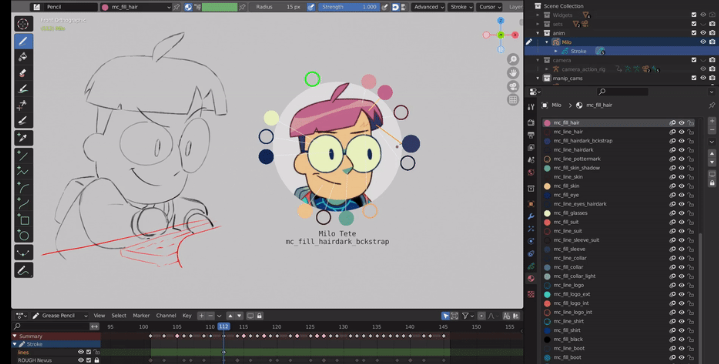Usually you will notice some folders whose are recursively filled by data and you need to recursively empty from time to time.
The global temporary directories are /tmp and /var/tmp
I use to play a comand for empty this files
rm -rf ~/.local/share/Trash/*
rm -rf ~/tmp/*
etc
But again an againg you lost your time removing trash so, what Ive done is very simple:
This is useful but just for temporal or shared folders, caches, etc. ; not a great idea for important root folders as it can do some damage or vulnerability to the system (you will see on rebboting).
I just use it when some apps download their cache data to root partition instead of my default user; this use to happen on installing as root or by managing preferences in a bad way.
A good example: Firefox downloads and Firefox cache. You can set up your download directory in preferences,
but there is also a caché folder which goes to /tmp/mozilla_user0 so I use my tip on this one also. When I dowload a lot of data I don’t want to full my root drive.
So now we go to a very simple tip:
/ TIP, move /tmp folder to another disk:
Look for your /tmp folder from your root partition.
/tmp
Copy that tmp folder at your /Documents or any place you prefer, or create one from scratch.
/home/user/Documents/temporalRoot/tmp
Create a “tmp” folder alias (dynamic link in linux) and place it where root use to have the original folder.
You will need first to delete the original one in /.
As simple as it is: you are linking the data to other drive area.
Finally manage permissions by chmod 775 or whatever you need.
chmod 775 /home/user/Documents/temporalRoot/tmp
Generally there is some confusion about permissions, so you need to know:
There is a root folder (generally /tmp, which belongs to root)
There are other user folders (inside /tmp we can have user folders)
For example in case of Firefox, it will be the user folder, as it is user who has the right permissions (can write and delete, etc).
d rwx --- --- 2 user user mozilla_user0
In case of nuke folder should be similar: but due to license, nuke can be owner by user or root, so maybe you are running the app as user, but the real owner is root.
